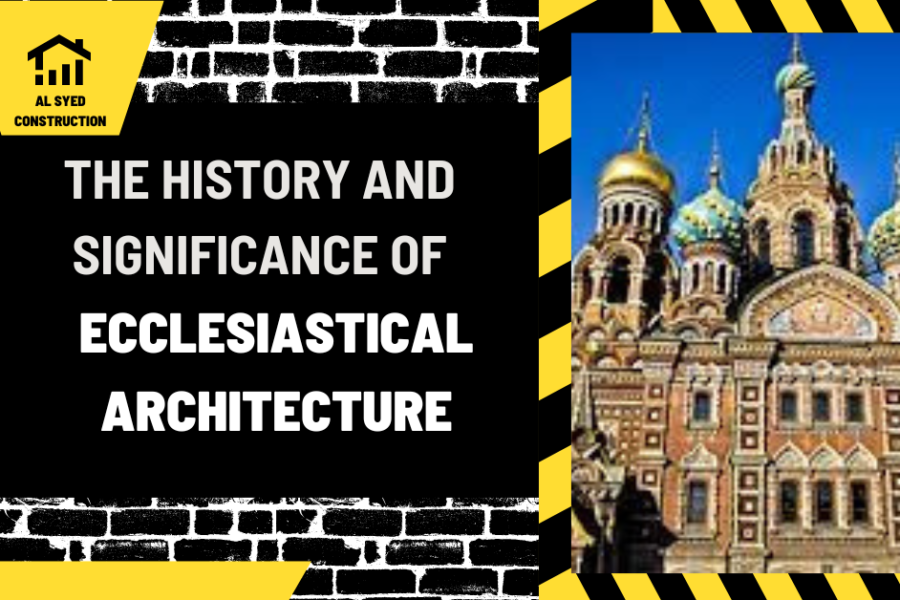The History and Significance of Ecclesiastical Architecture
Table of Contents
Introduction
Ecclesiastical architecture stands as a testament to the profound influence of religion on art and culture throughout history. This form of architecture encompasses a wide range of styles and structures, each with its own unique characteristics and significance. In this article, we delve into the history and significance of ecclesiastical architecture, exploring its evolution over the centuries and its enduring impact on society.
Origins and Early Developments
The origins of ecclesiastical architecture can be traced back to ancient times when early civilizations constructed temples and sacred spaces to honor their deities. These early structures were often simple in design, reflecting the primitive building techniques of the time. However, as societies became more advanced, so too did their architectural achievements.
Romanesque Architecture
One of the most significant developments in ecclesiastical architecture was the emergence of Romanesque architecture in the 11th century. Characterized by its thick walls, rounded arches, and barrel vaults, Romanesque churches were designed to convey a sense of strength and solidity. These churches often featured elaborate sculptural decorations and ornate facades, reflecting the growing power and influence of the Church during this period.
Gothic Architecture
The Gothic period saw a dramatic shift in ecclesiastical architecture, with a focus on height and lightness. Gothic cathedrals, such as Notre Dame in Paris and Canterbury Cathedral in England, are renowned for their soaring spires, intricate stained glass windows, and elaborate stone carvings. These architectural marvels were designed to inspire awe and reverence, reflecting the religious fervor of the time.
Renaissance and Baroque Architecture
The Renaissance and Baroque periods brought new innovations to ecclesiastical architecture, with a greater emphasis on symmetry, proportion, and ornamentation. Renaissance churches, such as St. Peter’s Basilica in Rome, combined classical elements with Christian symbolism, creating a harmonious blend of art and architecture. Baroque churches, on the other hand, were characterized by their dynamic forms, rich ornamentation, and theatricality, reflecting the spirit of the Counter-Reformation.
Modern Developments
In more recent times, ecclesiastical architecture has continued to evolve, with architects experimenting with new materials and styles. Modern churches, such as the Sagrada Familia in Barcelona, designed by Antoni Gaudí, demonstrate a fusion of traditional and contemporary elements, creating spaces that are both functional and aesthetically pleasing.
Significance and Legacy
Ecclesiastical architecture holds immense significance as a reflection of the spiritual and cultural values of society. These buildings serve as places of worship, community gathering, and artistic expression, embodying the collective identity of a people. The legacy of ecclesiastical architecture is felt not only in the buildings themselves but also in the lasting impact they have on the landscape and the human spirit.
Conclusion
Ecclesiastical architecture is a testament to the power of faith and creativity, shaping the physical and cultural landscape of civilizations throughout history. From the grand cathedrals of Europe to the humble chapels of rural communities, these buildings stand as monuments to the enduring human quest for meaning and transcendence.





Leave a Reply
Want to join the discussion?Feel free to contribute!